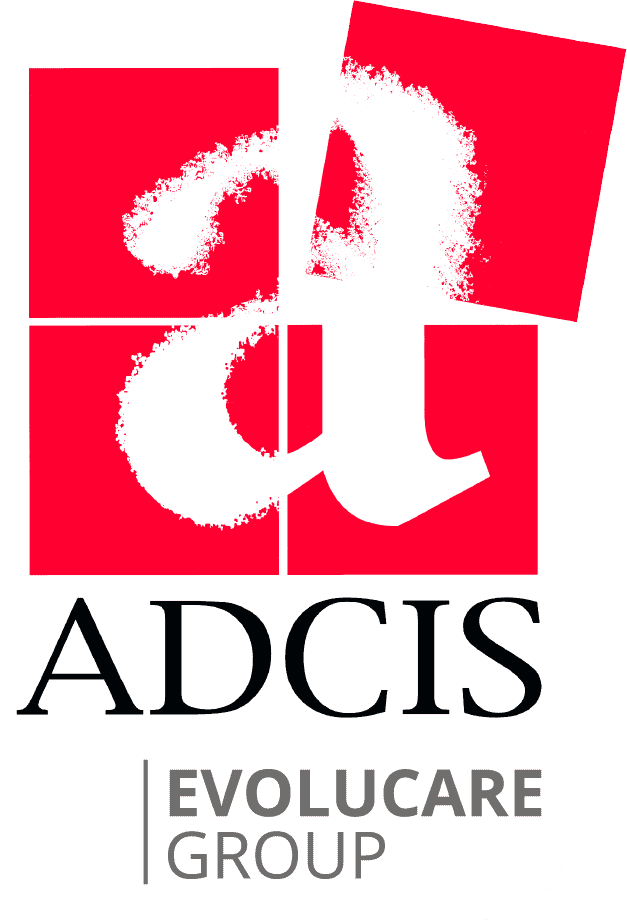Reduce Image Noise Using the Kriging Method
Download the flyerCo-developed with the School of Mines Center for Geostatistics in Paris, this powerful module removes acquisition noise from an image by employing filtering techniques based on Kriging analysis and geostatistics. This noise removal method proceeds in three steps. First, an image variogram is automatically generated. Next, the user interactively creates a model (function) that approximates the variogram with a linear combination of functions selected from a list provided in the Kriging Module. Slider bars enable the user to fine-tune the selected functions to improve the model match to the variogram. Lastly, the Kriging process uses the model to generate the noise-filtered image.

Original image |

Results after typical filtering |

Image after the Kriging filtering |
The Kriging extension supports models for both isotrope and anisotrope variables, as well as single and multiple variables. For multivariate analysis, the selected model can be adjusted simultaneously to both the variograms and the covariograms. In the field of material science, the Kriging Module can be used on each image corresponding to one trace element (i.e., stain, chrome, molybdenum, etc.). Use of this module enabled the successful detection and quantification of trace elements on a stainless steel sample acquired with an electronic microprobe.
Aphelion™ Kriging Module:
- Effective aid in the removal of acquisition noise from an image
- Standard models are provided (e.g., Gaussian, nugget effect, etc.)
- Automatic generation of parameters for initial model selection
- User tools for refining model parameters to enhance fitting to actual data
- Mono and multivariate analysis, with multiple directions
- Can improve the focus of an image acquired from an unfocused device
Note: This extension is only compatible with Aphelion Developer.
